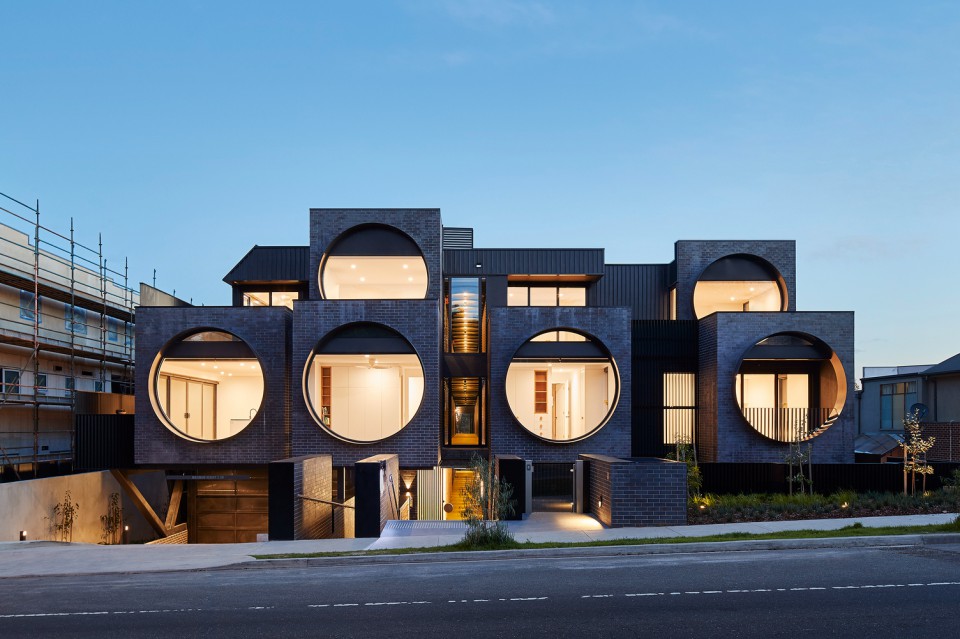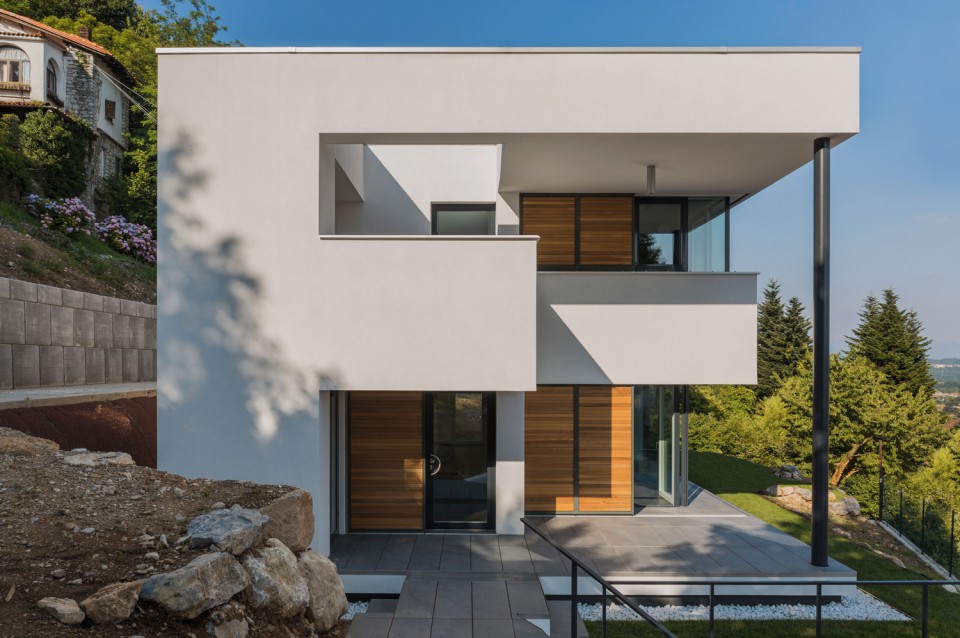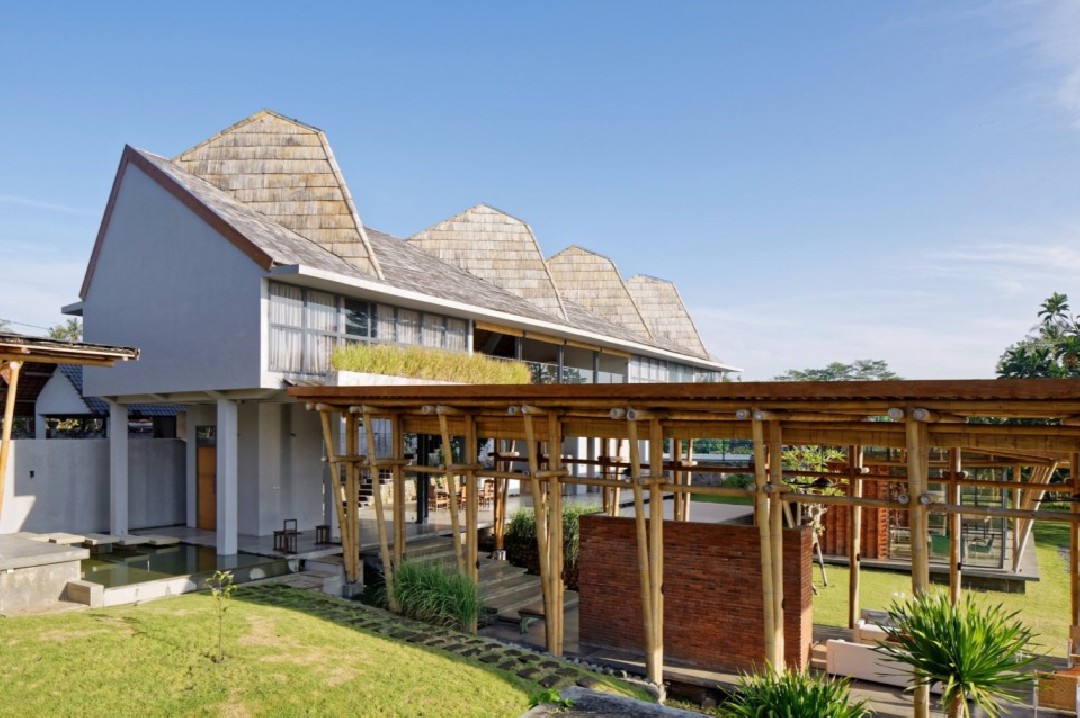TIPS & TRICKS FOR JAPANESE-STYLE HOME ARRANGEMENT, LET'S TAKE A LOOK!
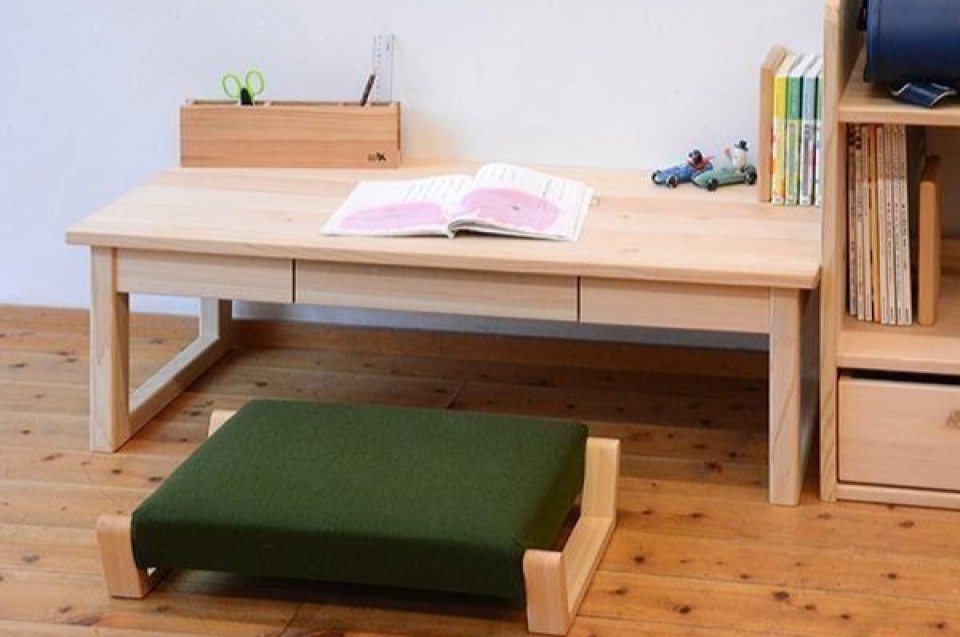
What comes to mind when you imagine the interior design of a Japanese home?
Most likely, you envision a traditional Japanese room with its wooden and paper-based design. However, in reality, modern Japanese home designs have moved away from traditional styles, especially in urban areas. Many homes in Japan now have a more modern appearance with permanent materials and a design that combines elements of traditional Japanese homes with Western architectural styles. Nevertheless, various aspects and features of traditional Japanese homes are still integrated into these modern designs. So, what does Japanese home design look like today? This guide will explore tips and inspirations for those who love Japanese home design and want to arrange their home interior in a beautiful Japanese style.
1. Natural Elements in Japanese Home Concept

pinterest.com
Japanese culture reflects its love for nature. Therefore, the best way to design a minimalist Japanese-style home interior is to bring natural elements into the home. You can achieve this by adding Japanese characteristic plants such as bonsai trees and bamboo. To make it even more unique, you can also include some decorative indoor plants.
2. Use Japanese-style Furniture

pinterest.com
Japanese interior design is unique in terms of the furniture used. Japanese homes typically feature low furniture, close to the floor, allowing for sitting in a seiza or floor-sitting style. Emulating this Japanese interior design is quite easy. You can furnish your living space with low furniture, such as beds close to or directly on the floor, low coffee tables, and low bookshelves. The use of floor-sitting furniture allows you to recreate the Japanese-style floor seating concept often seen in movies.
3. Use Natural Colors
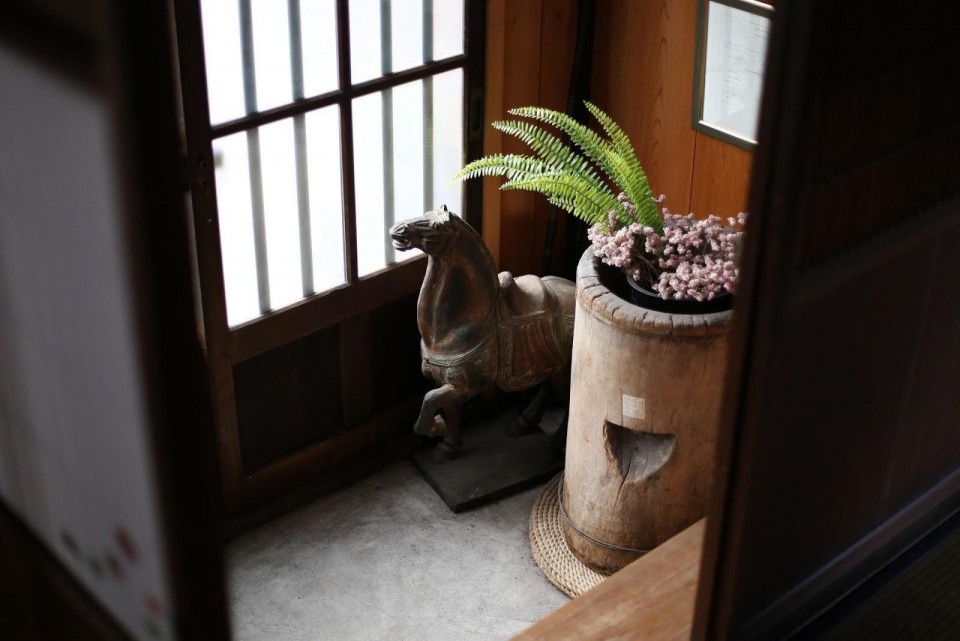
unsplash.com
The color scheme of Japanese homes, whether for the exterior or interior, still reflects the influence of traditional Japanese home styles. This traditional design is rooted in Zen philosophy, which greatly admires the beauty of nature. Therefore, it's no surprise that dominant colors in Japanese home design include simple, nature-inspired colors. Japanese design often features combinations of brown and green, drawing inspiration from wood and plants. For flooring, wood or gray stone tiles are commonly used. Traditional Japanese homes, known as minka, replace house walls with paper panels. This overall aesthetic creates a design rich in simple color schemes. To bring a touch of Japanese home design, you can add natural wooden elements such as using wooden shelves, wall panels, and wooden flooring. You can also introduce greenery into your home by placing indoor plants.
4. Bring the Natural Atmosphere Indoors
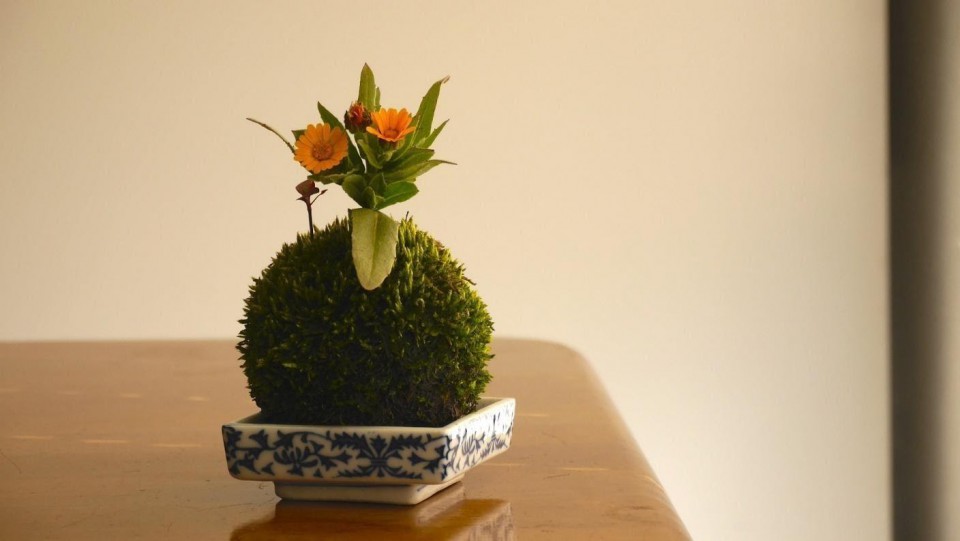
pinterest.com
To create a Japanese home design, all you need to do is look outside and bring the beauty of nature inside. Japanese culture is closely tied to the admiration and respect for nature. You can easily achieve this by buying Japanese plants such as bonsai or adding bamboo-based furniture. Green plants and potted flowers can also work well in creating a Japanese-style living space. However, be cautious not to choose flowers with overly vibrant colors. Opt for more calming plants, such as various shades of orchids. You can also create a zen garden to add a cool and calming Japanese-style atmosphere to your home. Creating a zen garden doesn't have to be overly complicated; even a small space will do. Just set aside a small area and cover it with natural white stones, then add greenery.
5. Maximize Natural Light like Japanese Homes
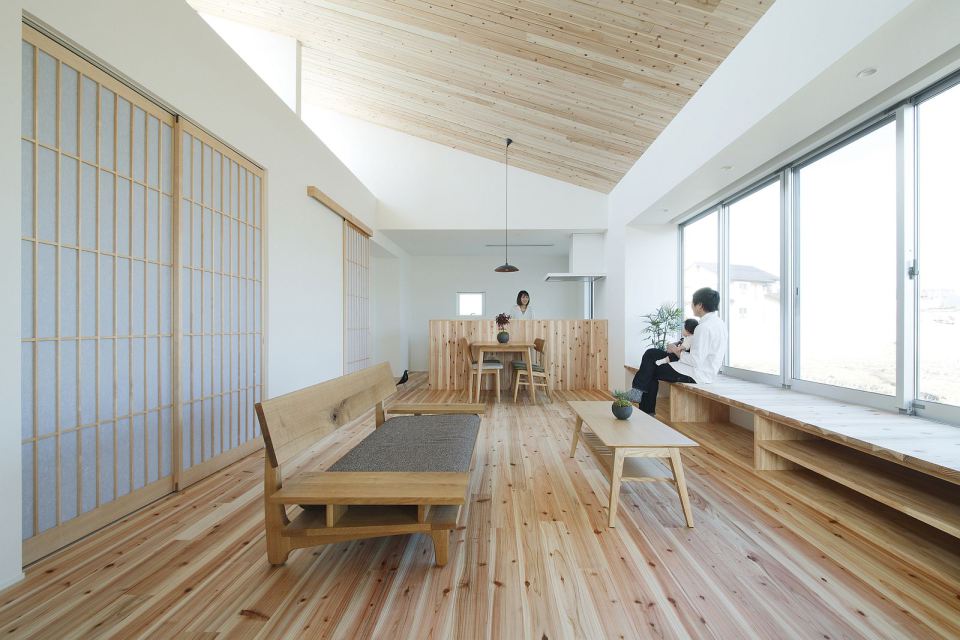
pinterest.com
Japanese-style minimalist interior designs are known for their cleanliness and minimalism. How can you achieve an aesthetic design while maintaining a modern home style with various furniture pieces? The answer lies in keeping your room design simple and without excessive patterns, making it easy to incorporate furniture with suitable colors. Japan is also known for houses that maximize natural sunlight. Therefore, most Japanese homes have more windows compared to homes in Indonesia.
6. Minimalist Arrangement is a Characteristic of Japanese Homes
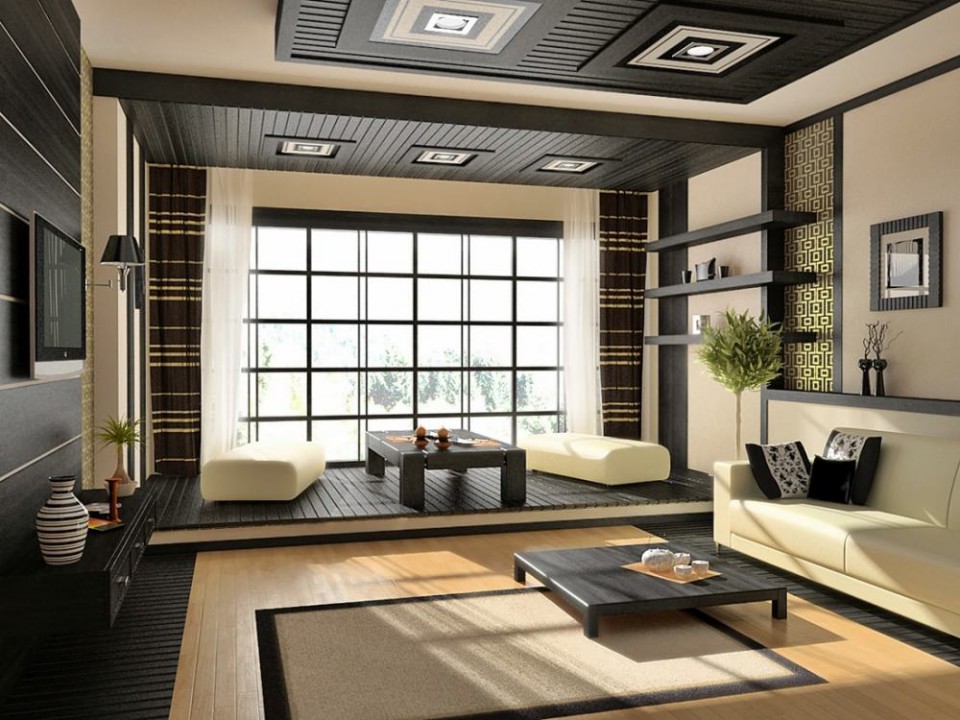
rehouz.com
While many traditional Japanese homes don't use much furniture in rooms like the living room or TV room, you can still apply the simplicity of Japanese minimalist interior design to your home. For example, you can use small tables like coffee tables combined with floor-level frames that allow you to stretch your legs.
If you want to relax in the living room, you can use floor cushions as seating. This way, your body won't easily feel tired, and you can still maintain the Japanese style.
Are you more interested in having a Japanese-style home concept after reading these tips and tricks? Don't forget to adjust it according to your home budget. We hope this article is helpful, and good luck with your endeavor! :)


